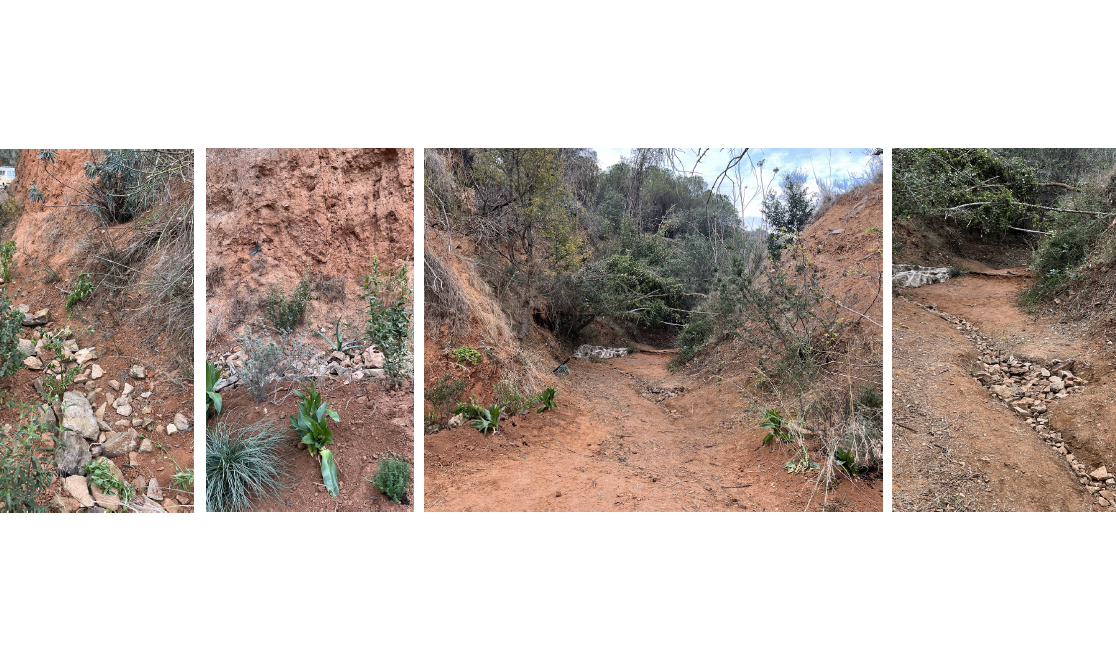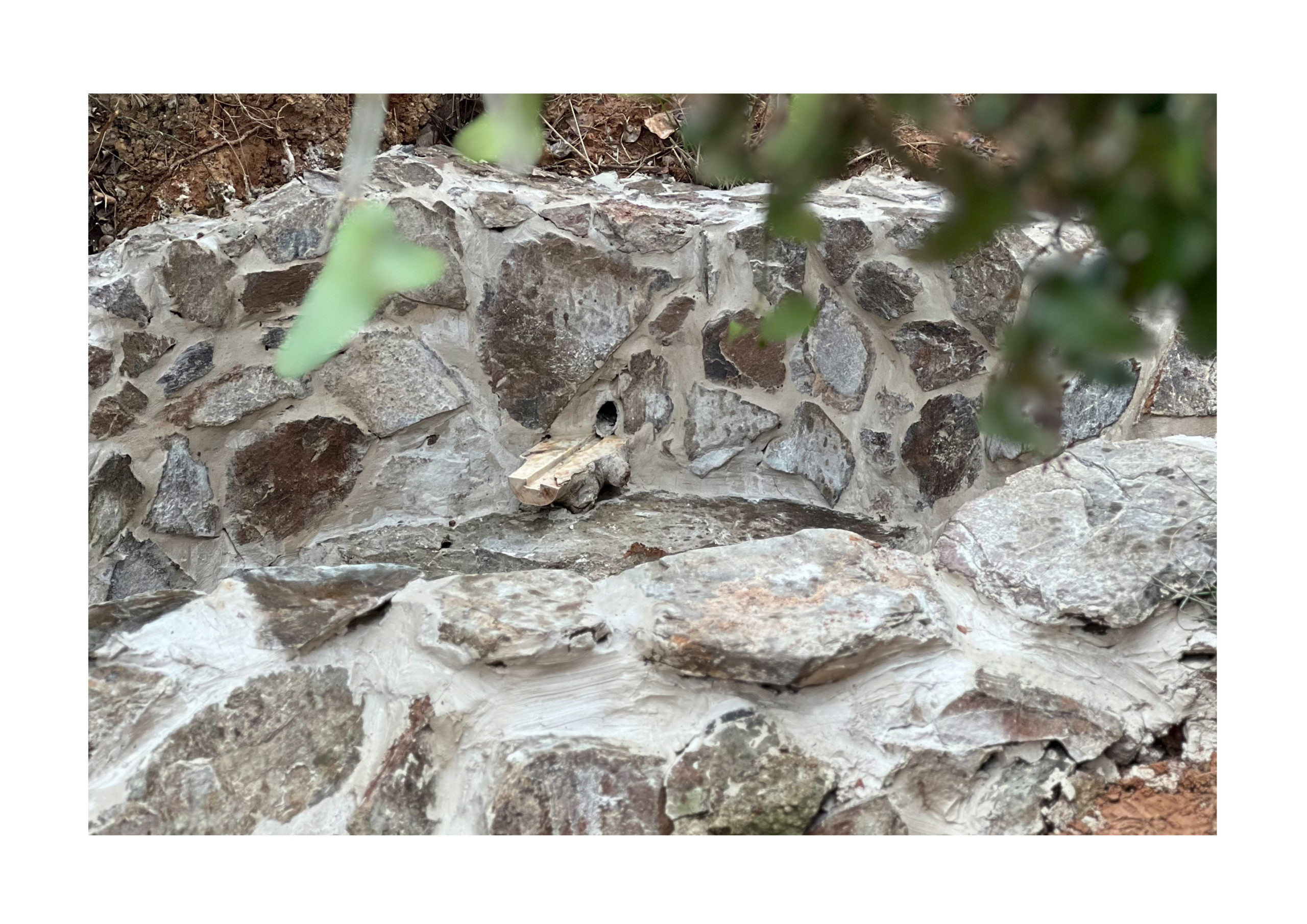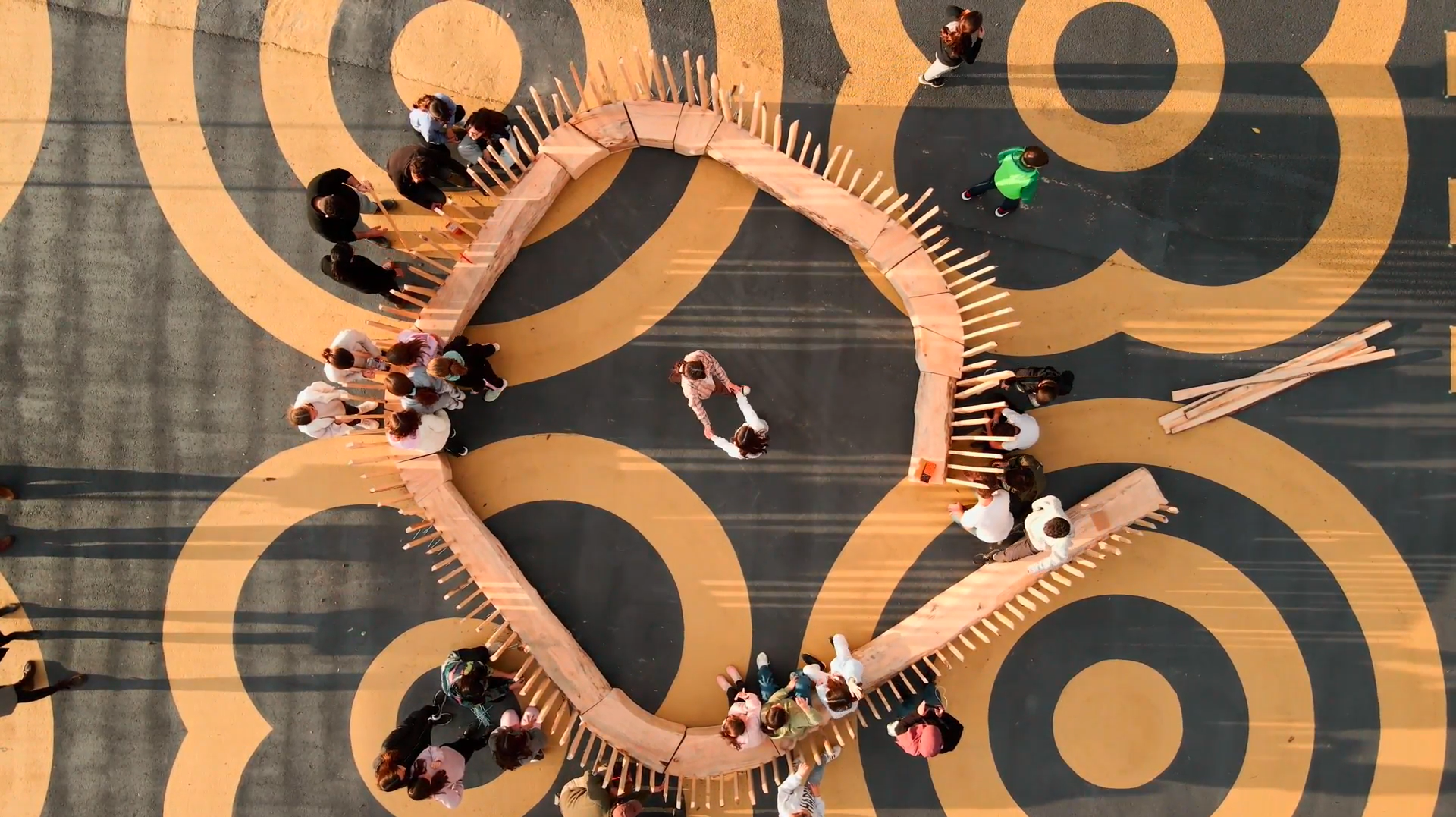The real-world installation projects will utilize all the digital fabrication and carpentry tools within the Green Fab Lab and will be made primarily from materials harvested and processed by the students on site at Valldaura. The projects touch on themes of agency within the urban sphere, and hope to promote a new vision of ecological design within the context of the city. Both projects will be completed in collaboration with school children in Barcelona as part of a co-designed process. The projects will be assembled on site and become a dynamic part of the urban landscape.

© Adrià Goula
As the first full scale prototypes of the MAEBB course, these projects will give students an immediate sense for what is achievable with the tools and materials available at Valldaura Labs. In addition, these projects are ideal opportunities for students to begin establishing effective networks of communication and design dialogue with their fellows as well as with external collaborators. These projects are unique in that they seek to find a new perspective on interaction in the urban environment from an ecological and participatory perspective. There are limited preconceived notions of what the end results or how precisely they should function, allowing for an element of surprise energizing the development processes as well as capacity for responding to users’ requirements. By leading these design initiatives in collaboration with community members and young people, this studio also offers an opportunity to practice narrative building around the context of a practical design proposal.
Learning Objectives
- Collaborate with the entire studio on the design, fabrication and installation of two full scale urban interventions. These projects will reflect the lessons and methods learned at Valldaura and contribute to the urban identity of the sites they occupy.
- Learn to combine digital fabrication tools, computational design methods, traditional woodworking methods and natural, circular materials into a comprehensive fabrication strategy to execute the design proposal within the given time frame.
- Work with groups of schoolchildren in a collaborative manner to foster a successful co-design process. The children represent the community within which these interventions will make their impact, so working closely with them and finding a meaningful design connection is imperative.
- Translate the feedback of untrained students into high-quality interactive and inspirational installations.
- Create high quality documentation, not only of the final product so that the designs and efforts can be replicated in other contexts, but of the design process and the strategies used to reach a final proposal.













